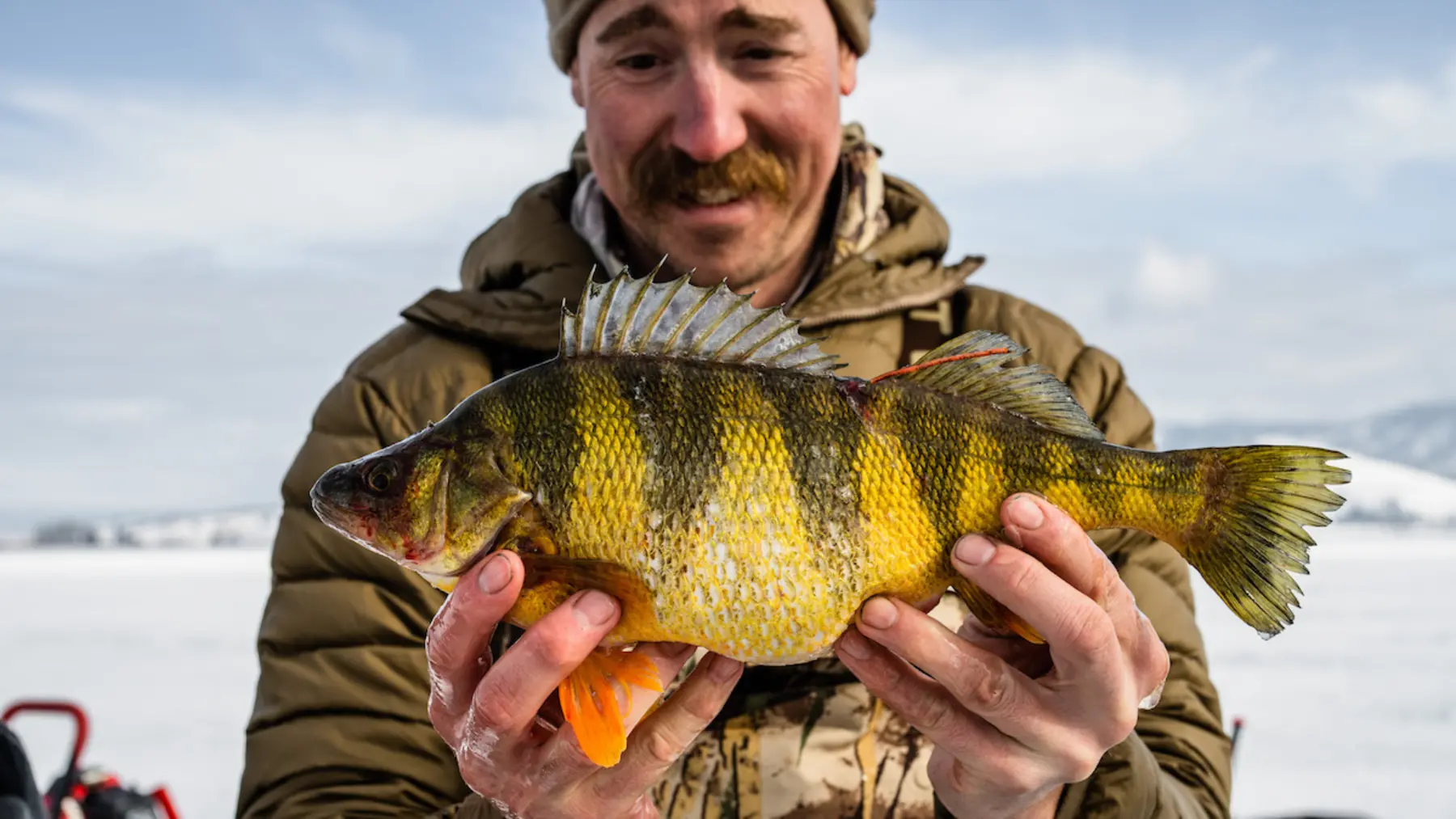Mastering the art of catching perch can add a delightful twist to your fishing adventures. While largemouth bass may reign as the top catch across the nation, the yellow perch comes in as a close second. These lively, plentiful, and delicious fish are found in abundance throughout North America, offering a rewarding fishing experience for both novices and seasoned anglers alike.
Unlike bass, which are often released after being caught for sport, perch are commonly sought after for their delectable meat, making them a popular target for anglers aiming to bring home a tasty meal. With their light yet robust flesh comparable to their larger cousins like walleye, perch hold the reputation of being one of the finest freshwater fish for the dining table. However, reaping the rewards of a bountiful perch catch requires some skill and knowledge in locating and enticing these fish, regardless of their hiding spots.
Locating Perch Perch can be found in various water bodies and exhibit seasonal movements to different depths and structural features. However, their tendency to travel in large schools means that once you locate one, you’re likely to find more nearby. Thus, the key to consistent perch fishing lies in understanding their whereabouts throughout the year.
In spring, perch congregate in shallow waters as temperatures rise to prepare for spawning. Identifying these fish is relatively straightforward, whether from a boat or shore. Begin by scanning the water using electronics, focusing on depths ranging from 3 to 8 feet and targeting the optimal temperature range. Alternatively, in clear water, polarized sunglasses can help spot the fish directly. Once a school of perch is located, anchor your boat or settle comfortably on the shore for an enjoyable fishing session.
Summer presents more challenges as increased temperatures and bright sunlight make perch more active during early mornings or late evenings. Similar to other panfish, perch move to deeper waters adjacent to their spring spawning areas. Explore these areas by targeting drop-offs near their spawning grounds in depths ranging from 10 to 25 feet. While electronics aid in locating perch schools, experimenting with various depths can also yield success.

Fall sees a shift in perch behavior as water temperatures decrease, prompting them to return to shallower waters, typically ranging from 8 to 12 feet. They concentrate in areas with hard clay or rock bottoms near weed beds with softer mucky bottoms, where they feed on baitfish and invertebrates. Though perch schools may move around during this period, persistence in searching pays off with plentiful catches.
Winter offers prime opportunities to fill your cooler with scrumptious perch fillets. The fish move to shallow locations and feed voraciously throughout the colder months. While ice fishing is popular in northern regions, perch can also be caught using conventional gear in unfrozen water bodies. Target shallow flats with sandy or rocky bottoms and extensive weed growth, where schools of perch actively hunt.
Equipment for Perch Fishing Perch fishing requires simple gear, given the fish’s modest size and fighting ability. An ultralight to light spinning rod paired with a light reel and 4- to 6-pound monofilament or braided line is ideal. This setup accommodates various fishing techniques, from jigging to casting lures and live bait.
In addition to the rod and reel, carry an assortment of hooks, lures, and baits to adapt to perch’s varied diet. Inline trout spinners, small spoons, and crankbaits are effective lure options, while bait anglers can use size 8 to 4 bait hooks baited with worms, leeches, minnows, or crayfish. Varying split shot sinkers and bobber sizes allow for versatile bait presentations at different depths.
Effective Techniques for Perch Fishing Live bait is a favored approach for perch fishing due to their opportunistic feeding habits. Rigging a worm, minnow, or leech beneath a float keeps the bait suspended near the bottom, enticing nearby perch. Alternatively, a paternoster rig positions the bait just above the floor, ideal for deeper-water fishing.
Float fishing with a slip bobber setup is effective in spring and winter when perch are in shallower waters. Attach a slip bobber to the mainline, followed by a barrel swivel and fluorocarbon leader with a bait hook and split shot sinker. Cast the rig into likely spots and wait for the bobber to signal a bite.
For deeper-water fishing in summer and early fall, use a paternoster rig to keep the bait off the bottom. Tie a length of fluorocarbon or monofilament line to the mainline with bait hooks attached, and a casting weight at the end. Drop the rig into perch-rich areas and wait for bites.
Lures can also be effective, especially in shallow waters with minimal structure. Inline spinners, spoons, and crankbaits cast into likely areas and retrieved at various speeds attract perch’s attention and trigger strikes. In deeper waters, jigs tipped with live bait or maggots, jigged near the bottom, entice hungry perch.
Embrace the Joy of Perch Fishing While pursuing larger gamefish offers excitement, there’s a unique charm in targeting yellow perch. Their modest size and delectable flesh make them a favorite for casual fishing outings and cozy family fish fries. Whether you’re enjoying a day on the water or planning a meal with friends, the satisfaction of landing a batch of perch fillets is incomparable. Perch fishing embodies simplicity, joy, and the timeless tradition of sharing good food and good company. So, next time you’re considering a fishing trip, give perch fishing a try—it might just become your new favorite pastime.
Image/Source: MeatEater





